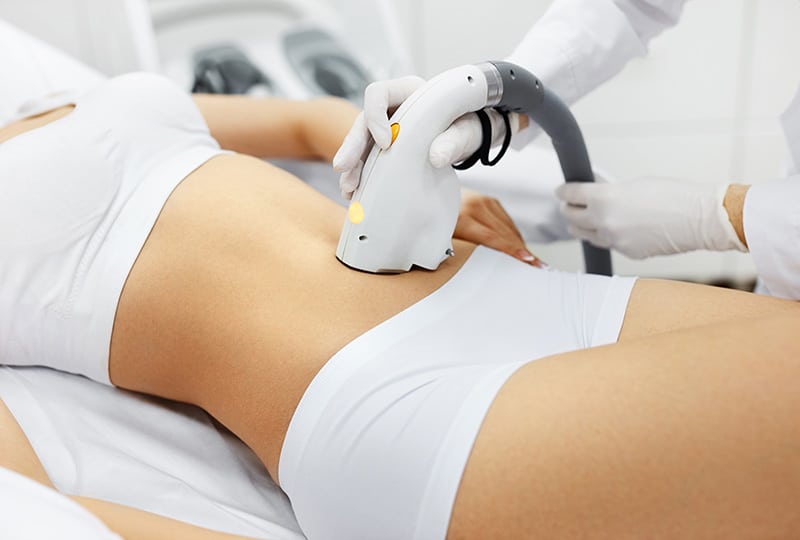Cosmetic Surgical
Hair
A hair transplant is a surgical procedure that relocates hair from areas of abundant growth to fill in thinning or balding regions. There are two primary methods: follicular unit strip surgery (FUSS) and follicular unit extraction (FUE). In FUSS, the surgeon removes a strip of skin containing hair follicles from the back or sides of the scalp, then divides it into smaller grafts to implant in balding areas. FUE is a more advanced technique where the surgeon uses a specialized tool to individually extract and implant hair follicles directly from the donor site. Regardless of the method, hair transplants are designed to provide permanent results, though there is a small chance some grafts may not survive. Most people can return to normal activities within 2-5 days, and the procedure typically takes 4-8 hours depending on the extent. Your surgeon may prescribe medications to manage any post-operative discomfort or inflammation. With proper care, hair transplants can effectively restore a fuller, more natural-looking head of hair.


Face
A mini facelift is a minimally invasive cosmetic procedure that targets the lower face, including the neck and jawline, to address early signs of aging. This outpatient surgery uses local anesthesia and requires fewer incisions and stitches compared to a traditional facelift, resulting in a shorter recovery period. The mini facelift is designed to provide subtle yet noticeable improvements, smoothing away wrinkles and tightening sagging skin while maintaining the patient’s natural facial contours. This procedure is an excellent option for individuals who want to refresh their appearance without the dramatic changes and extensive downtime associated with a full facelift. It is also a preventative measure for those looking to delay more comprehensive facial surgeries later in life. The mini facelift typically takes between 90 minutes to 2 hours to complete, and the results can last for more than 5 years. However, it is essential to note that while the outcomes are long-lasting, the natural aging process will continue.
Upper lid blepharoplasty is a surgical procedure that can help rejuvenate the appearance of aging, droopy eyelids. Through meticulous surgical techniques, an upper lid blepharoplasty removes the redundant skin and fat weighing down the lids to create a more alert, youthful eye appearance. Incisions are discreetly placed in the natural eyelid crease to minimize visible scarring. The hour-long procedure is typically performed on an outpatient basis. While initial bruising and swelling gradually resolve over 10-14 days, it may take a few months for the fine scars to fully fade.
Earlobe repair surgery is a straightforward procedure that can correct enlarged or torn ear piercings, restoring earlobes to their original shape and size. Over time, heavy earrings or trauma can stretch out or even completely tear through the piercing hole, making it difficult or impossible to wear earrings. In some cases, the piercing may be pulled all the way through, resulting in a split or “cleft” in the earlobe. Fortunately, these issues can be repaired with a quick in-office procedure performed under local anesthesia. The surgery involves removing the damaged skin around the stretched piercing or along the torn edges of the cleft. The earlobe tissue is then stitched back together, fully closing the hole or rejoining the split. The procedure typically takes 30 minutes per earlobe, depending on the extent of the damage. After the surgery, patients can expect some swelling and bruising, but this will subside to reveal a smoother, more natural-looking earlobe. The repaired earlobe will be fully healed after about 8 weeks, at which point the ear can be re-pierced if desired.
Dermatosis papulosa nigra (DPN) is a benign skin condition characterized by small, dark, asymptomatic papules commonly appearing on the face, neck, chest, and back. While DPN poses no health risks or physical discomfort, many seek treatment for cosmetic improvement. Fortunately, several effective options are available to safely remove or reduce the appearance of DPN lesions, including cryotherapy, electrocautery, laser therapy, surgical excision, and topical treatments. The optimal approach depends on factors like lesion number, size, location, and the patient’s skin type and preferences. A dermatologist can assess each case and recommend the most suitable treatment plan to safely and effectively address DPN and restore clear, even-toned skin.
A xanthelasma is a benign, yellowish cholesterol deposit under the skin, often on or around the eyelids. While medically harmless, many people seek treatment for cosmetic reasons. Fortunately, several effective options are available. Cryotherapy, laser surgery, radiofrequency ablation, chemical peels, and electrodesiccation can safely and effectively remove xanthelasmas. The best approach depends on the size, location, and thickness of the growth. An experienced dermatologist or oculoplastic surgeon can evaluate the case and recommend the most appropriate procedure to achieve the desired cosmetic outcome while minimizing risks.
Body
Mole removal surgery involves surgically excising the entire mole and a margin of surrounding tissue to ensure the mole is completely removed while minimizing scarring for the best cosmetic result. The procedure is performed under local anesthesia to numb the treatment area. Your surgeon will carefully cut out the mole along with a safety margin of healthy skin around it. This helps ensure all of the mole cells are removed to prevent regrowth. The skin is then carefully closed with sutures to promote optimal healing. In total, mole removal surgery usually takes around 40 minutes to complete. Sutures are typically removed 1-2 weeks following the procedure. To promote proper healing and the best possible scar outcome, it’s important to avoid activities that cause sweating, clothing rubbing on the treated area, heavy lifting, or stretching the skin for 14 days after your mole removal. You should also avoid swimming, water sports, saunas and steam rooms during this 2 week period. Following these aftercare instructions allows the surgical site to heal well with minimal scarring for a great cosmetic outcome.
Cyst removal is a surgical procedure that can be performed on the scalp, head, face, or any other area of the body. The procedure is typically carried out while the patient is awake, using local anesthetic injections. Cyst removal usually takes between 20 to 60 minutes to complete. After the cyst is removed, the skin is stitched together to create a small scar. The incision is closed in a way that minimizes the visibility of the scar as much as possible. The stitches may be absorbable or may need to be removed 7 to 10 days after the surgery. In some cases, where the incision is very small (minimally invasive), stitches may not be required. However, patients are advised to wait 14 days before engaging in activities that could disrupt the healing process, such as swimming, water sports, exercise that causes sweating, heavy lifting, stretching, or using saunas and steam rooms.





